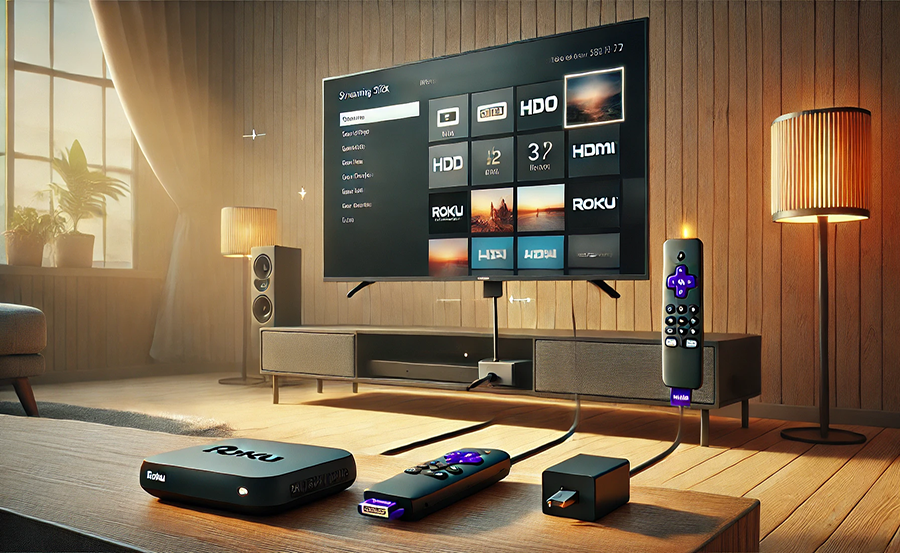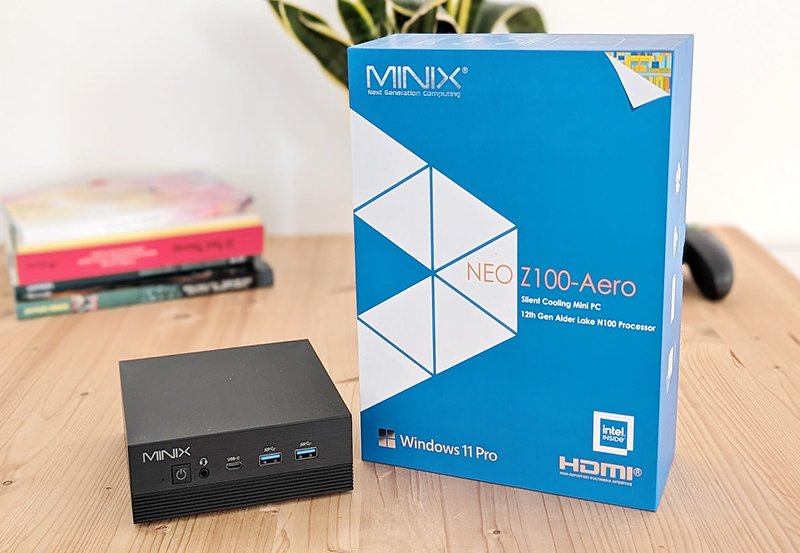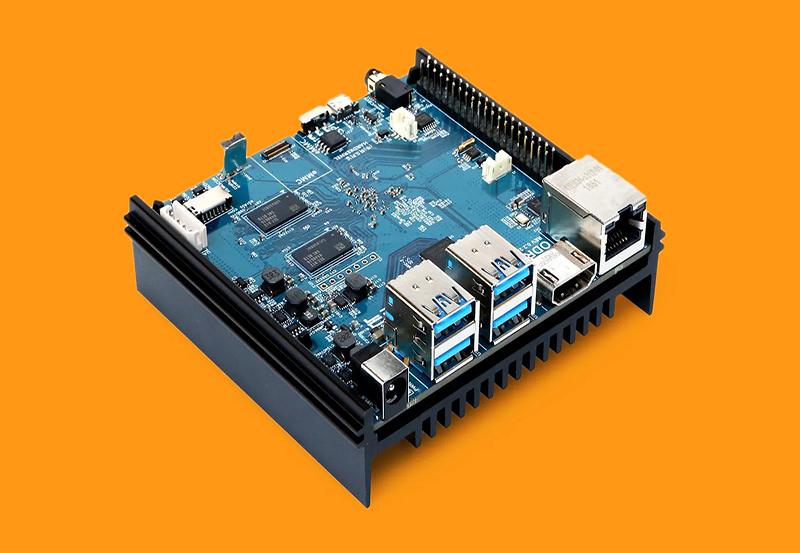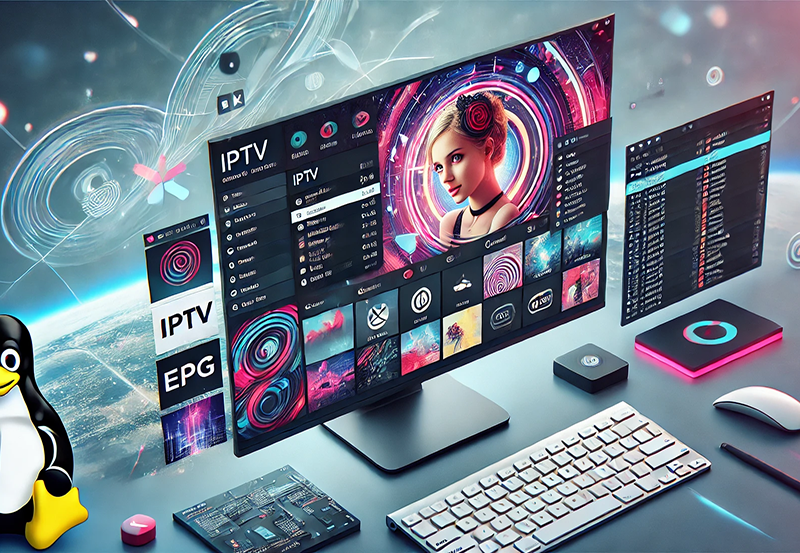Essential Steps to Connect Roku Devices to Any TV
Welcome to the World of Roku
In today’s fast-paced digital world, accessing diverse content through your TV is not just a luxury—it’s a necessity. Roku has emerged as a frontrunner in this race due to its ease of use and a wide array of content offerings. Whether you’re a tech-savvy individual or someone who’s just starting out with streaming devices, knowing how to connect your Roku device to any TV is key to transforming your IPTV viewing habits. In this guide, we’ll walk you through the entire process step-by-step, ensuring you don’t miss a beat—literally!
Gathering Your Essentials
Let’s first make sure you have everything on hand. There are a few components that are absolutely critical to setting up your Roku, and you’ll want to ensure you have them before you dive into connecting your device to your TV. By being prepared, not only will you save time, but you’ll also ensure a hassle-free setup experience.
Items You Will Need
- Roku device (such as Roku Express, Roku Streaming Stick, or Roku Ultra)
- HDMI cable (usually included with your Roku device)
- Remote control (also included with your Roku device)
- Power adapter and cable
- Internet connection (Wi-Fi or Ethernet)
- Your TV (with available HDMI port)
Setting the Scene
Before you get started, make sure your TV and Roku device are situated in the desired location. You’ll want easy access to the back of the TV for connecting the cables, so a bit of spatial rearranging might be in order. Double-check to ensure that you have an available power outlet within reach of your Roku device. This might sound trivial, but power location can often be an overlooked factor that causes unnecessary setup delays.
Connect Your Roku to the TV
Now that you’ve gathered your tools, let’s get to the good part—connecting your Roku device to your TV. The process is straightforward, but it’ll require some patience, especially if this is your first time setting up such a device. We’ll guide you through connecting the hardware step-by-step.
Physical Connections
1. Plug the HDMI cable into your Roku device and then into an available HDMI port on your TV. Remember which port you’ve used, as you’ll need to select this input on the TV later.
2. Connect the power adapter to the Roku, plugging it into a nearby power outlet.
Troubleshooting HDMI Issues
If, by chance, you run into trouble with the HDMI connection—like the screen not displaying anything—there are a few things you can try. Double-check the port selection. Sometimes, your TV may default to a different port. Go through your TV’s input options to find the correct source. Test different HDMI ports if the issue persists, as some TVs house defective ports.
Initialize and Customize Your Roku Experience
Once the physical connections are all set, it’s time to get your Roku device running. This involves a series of on-screen setups to pair your remote, establish an Internet connection, and configure your preferences. This step is crucial in curating an entertainment ecosystem that best fits your viewing needs.
Turning It On
Power on both your TV and Roku using their respective remote controls. Set your TV to the HDMI input that corresponds to your Roku connection. The Roku logo should appear on your screen, signaling that the initial setup is about to begin.
Using the Remote
If the Roku screens appear unresponsive or the remote seems finicky, ensure the batteries are inserted correctly and that there’s a clear line of sight between the remote and the Roku device. Sometimes, obstructions can interfere with the infrared signal.
Networking: Wi-Fi Setup
With your Roku device now powered up, connecting to a Wi-Fi network becomes your next priority. Use the on-screen instructions to find your Wi-Fi network, and enter the necessary credentials. This will ensure you have access to the vast library of streaming content available.
Troubleshooting Network Issues
If you’re experiencing any hiccups during the connection process, check your router for connectivity issues. Restart both your router and Roku device to try and resolve these problems. Moving closer to the router or using a Wi-Fi extender might also enhance signal strength and reliability.
Setting Up Your Roku Account
Building an account not only personalizes your viewing experience but also unlocks a plethora of features that enhance functionality. Although optional, creating an account allows you access to parental settings, subscriptions, and even individual profiles—a valuable addition for households with varied interests.
Creating Your Account
Visit Roku’s official website to create your account, if you haven’t already. It’s a straightforward process: enter your email, set a secure password, and fill in any required details. You’ll likely be required to link a payment method, which is necessary for purchasing channels or subscriptions directly through Roku.
Account Security
Consider using a strong, unique password and enabling two-factor authentication for that extra layer of security. These steps ensure your account data and preferences stay safe and protected, allowing worry-free viewing experiences.
Installing Channels and Content
With your Roku account in place, it’s time to populate your screen with the channels and content you love. One of the most cherished aspects of Roku is its extensive content library, linking users with everything from global IPTV service providers to niche entertainment channels that cater to specific tastes.
Channel Store Navigation
Navigate to the ‘Channel Store’ on your Roku home screen. Use the intuitive menu to browse through a wide selection of free and paid channels. You have entertainment companies like Netflix, Hulu, and Disney+ alongside perhaps lesser-known IPTV resellers who offer niche packages.
Recommendations and Tips
For an enriched viewing experience, consider opting for channels from the best IPTV service providers. These providers offer a variety of packages that cater to varied viewing preferences, ensuring everyone has access to their favorite shows and movies. Think of IPTV as a digital buffet catering to the voracious appetite of modern-day TV enthusiasts.
Optimizing Your Roku Setup
Your Roku device is connected, configured, and ready to go, but there’s always more you can do to optimize its performance. Digging into the settings can reveal features and options that tailor your viewing experience even further.
Customization Settings
Explore your device’s settings to adjust display options, change themes, or modify screen savers. Personalizing these elements can create an experience that feels unique to you and those in your household.
System Update
Regularly check for software updates to ensure you’re running the latest version of Roku OS. Updates not only come with new features but also with patches that might fix potential security vulnerabilities.
Screen Organization
Over time, you’ll likely add numerous channels to your home screen. Keep things tidy by organizing channels as per your preferences. Move your most-watched ones up to the top for quicker access.
Transform Your Viewing Habits with IPTV Services
Beyond merely connecting your Roku to your TV, there’s the opportunity to genuinely transform your IPTV viewing habits. Leveraging quality IPTV service providers enriches the content available at your fingertips, providing access to global programming traditionally hard to procure.
The Revolution of IPTV
IPTV—Internet Protocol Television—allows you to enjoy the best of both worlds: live TV along with on-demand shows and movies. Unlike traditional cable, IPTV offers flexibility and varied pricing models tailored to fit different viewing habits.
Choosing the Best Providers
Explore partnerships with renowned IPTV resellers who bring you immersive viewing experiences without geographical or traditional law constraints. By integrating their offerings via Roku, you unlock access to a diverse multimedia ecosystem.
Realizing Long-Term Potential
As you settle into this new viewing paradigm, take the opportunity to explore new genres and international content. Partnering with IPTV resellers can mean discounted rates on bundling packages, a cost-effective approach to digital entertainment.
Let’s Wrap It Up on a High Note
You’ve come a long way! Connecting your Roku device to your TV is now within your grasp, ensuring that you bridge the gap between conventional viewing and today’s on-demand technology. The potential to transform your IPTV viewing habits is here, and with the right tricks up your sleeve—like smart organization, security settings, and partnering with IPTV experts—you can remain ahead in the content game.
Frequently Asked Questions
What should I do if my Roku remote isn’t working?
First, try replacing the batteries in your remote. Ensure that there’s nothing blocking the infrared signal between the remote and the device. If the issue persists, restart your Roku device as well as the remote itself.
Can I use a standard TV remote with my Roku?
Some modern TV remotes may work with Roku devices if they support HDMI-CEC, but typically a Roku-specific remote is required for full functionality. It’s best to use the remote that came with your Roku to avoid any compatibility issues.
How can I set up parental controls on my Roku device?
Parental controls can be set up by accessing your Roku account via their website. From the account dashboard, you’ll find options to set viewing restrictions and require pin settings for content purchases and access.
What should I do if my Roku screen is blank?
Double-check that your TV is set to the correct HDMI input. Ensure all cables are securely plugged in and try using a different HDMI cable or port if the issue continues. Restarting the Roku device might also help resolve display issues.
Are there any free channels available on Roku?
Absolutely! Roku offers a variety of free channels, including news, music, and even some episodic television channels. Take a look through the Channel Store to discover the free offerings available to enrich your content library without additional cost.
How do I update my Roku device?
Navigate to the System Settings from your Roku’s home screen, select ‘System Update’, and follow the on-screen instructions to download and install the latest software updates. Keeping your device updated ensures optimal functionality and security.




